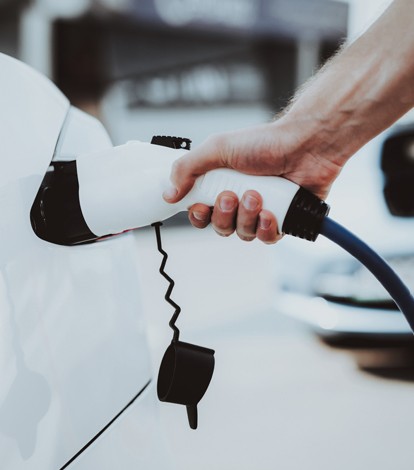
Blog
Simple tips to improve the Air Conditioner efficiency
Tips to protect air conditioning units and reduce your bills expenses












Tips to protect air conditioning units and reduce your bills expenses

Ways to help you find any water leakage in your house, easily.

Know the reasons why spring is the best season to repair your AC.

Tips to protect air conditioning units and reduce your bills expenses

Ways to help you find any water leakage in your house, easily.

Know the reasons why spring is the best season to repair your AC.